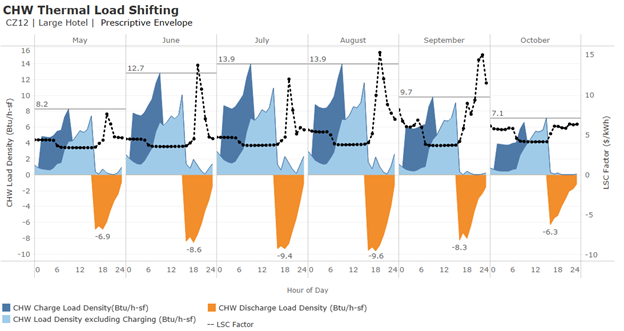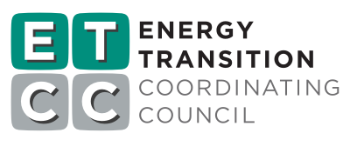 Project Title
Project Title
Energy Modeling Analysis: Peak Thermal Load Management Strategies
Project Number CR23PGE0201-2 Organization PG&E End-use HVAC, Lighting, Water Heating/DHW/HPWH, Whole Building Sector Commercial Project Year(s) 2023 - 2025This research project supports the development and implementation of California’s Building Energy Efficiency Standards Title 24, Part 6 (Title 24) by providing insights into envelope and thermal energy storage (TES) design strategies along with their potential energy savings. A significant challenge in decarbonizing California’s nonresidential building stock is addressing coincident peak electric demand during daily (morning and afternoon-evening) and seasonal (summer cooling and winter heating) periods. One strategy involves employing building-level strategies that reduce or shift building thermal loads, such as HVAC energy use, to better synchronize with onsite or grid-supplied renewable energy generation.
While experts recognize thermal load reduction and peak thermal load management practices, such as TES, as beneficial, their exact energy savings potential remains under-researched. This second phase of the overarching Code Readiness PeakThermal Load Management project addresses that gap by simulating energy usage in prototype buildings with varying envelope performance and TES systems. The research team used building energy modeling software and an excel-based calculator to analyze TES energy and cost savings for both strategies across three tiers of envelope performance in two climate zones.
This report presents the simulation results, outlines potential energy and cost savings, and provides recommendations for Title 24 enhancements. Additionally, it identifies further research efforts needed to advance codes and standards that support TES systems.
The research team conducted a phased approach for this project. Phase 1 outlined seven leading strategies and summarized their regulatory, modeling, and market landscape, along with their benefits, barriers, and data gaps for each strategy. The report can be found on ETCC-CA, titled Technology and Market Assessment: Peak Thermal Load Management Strategies.
